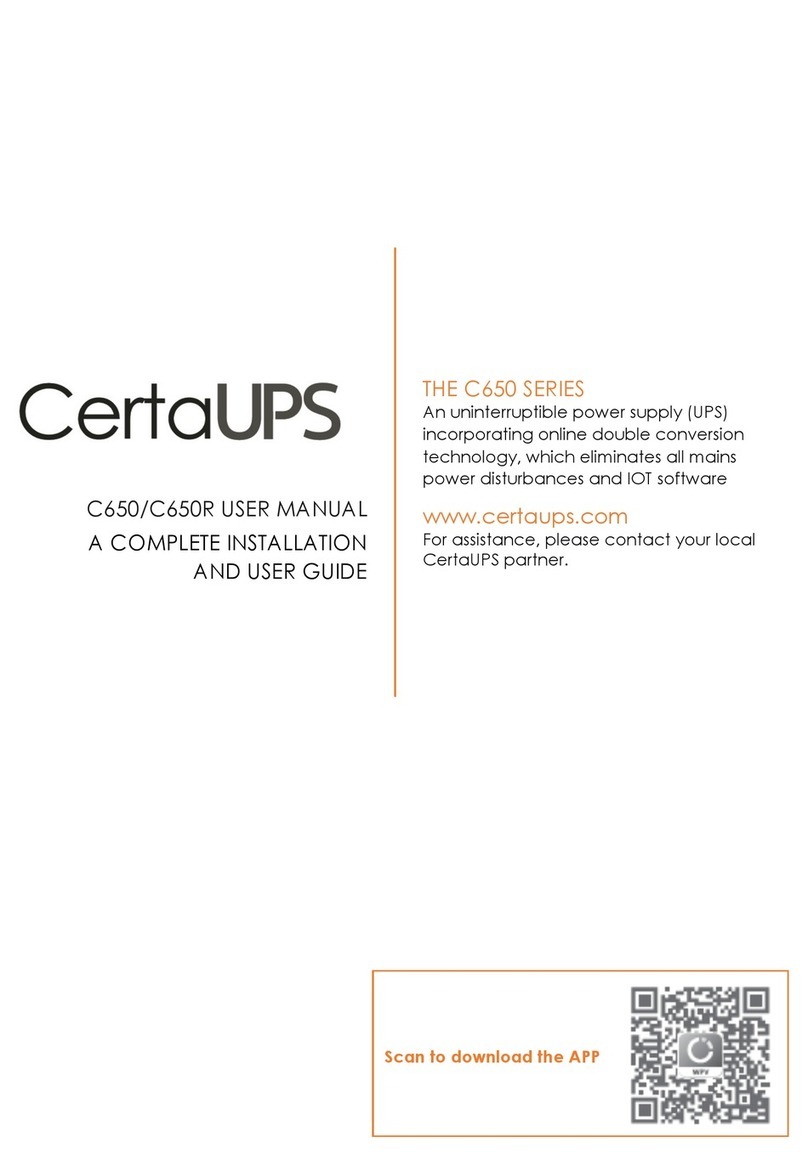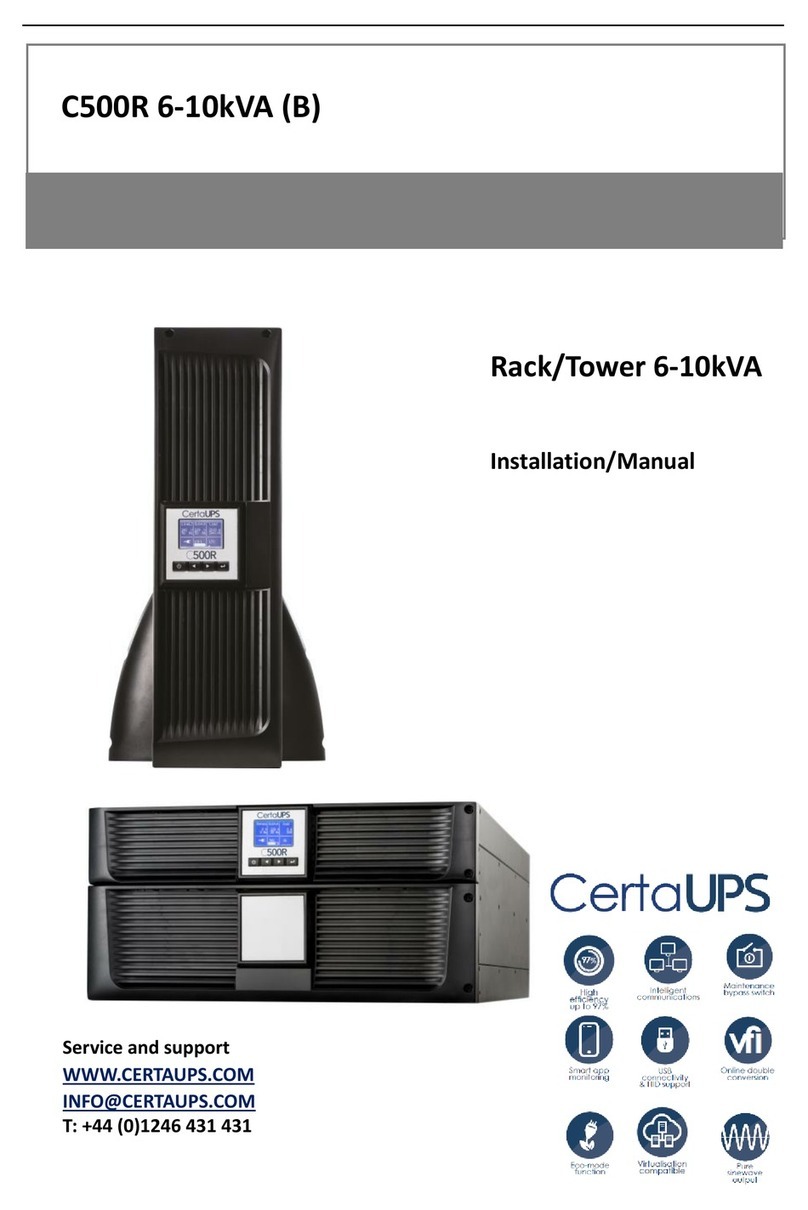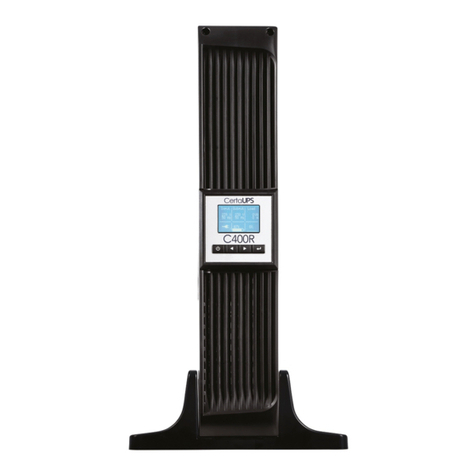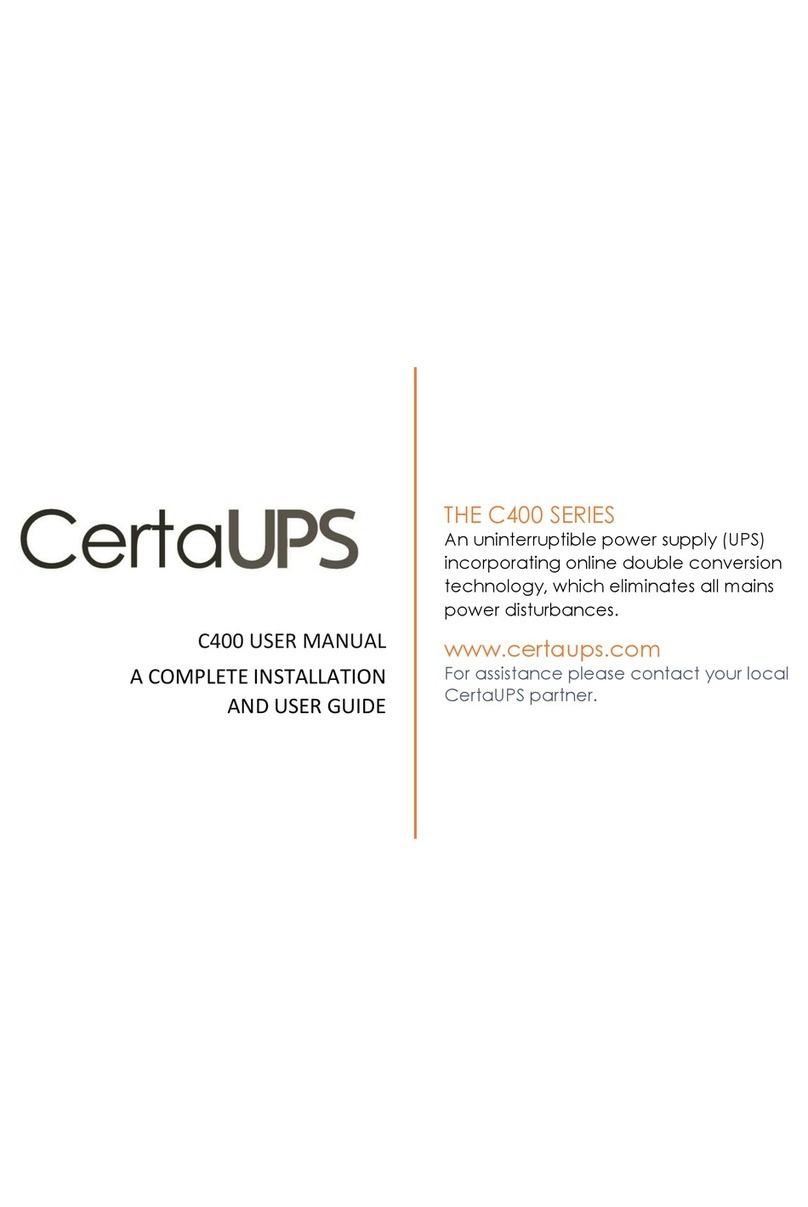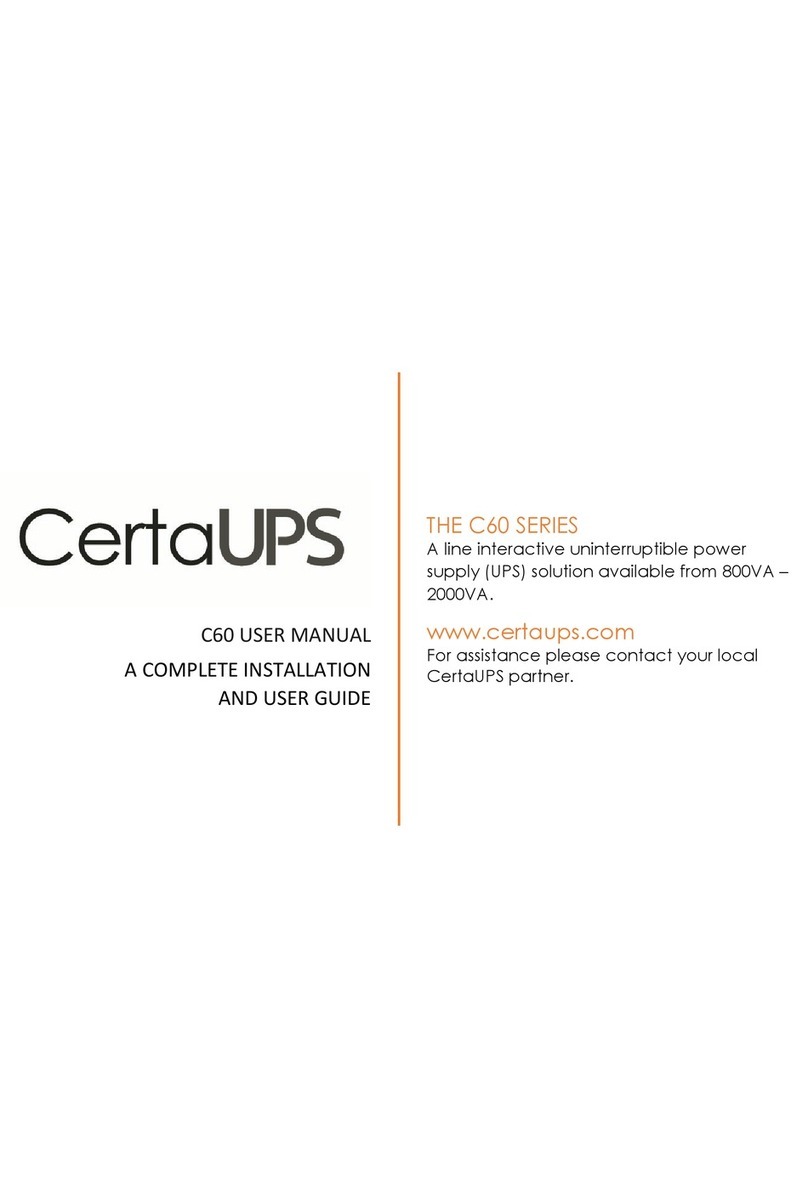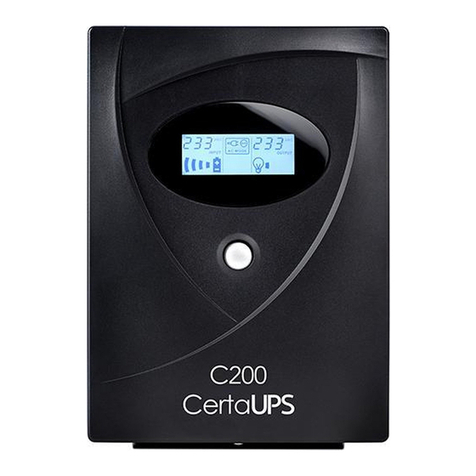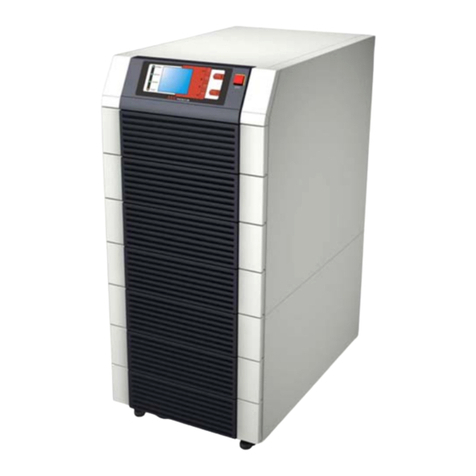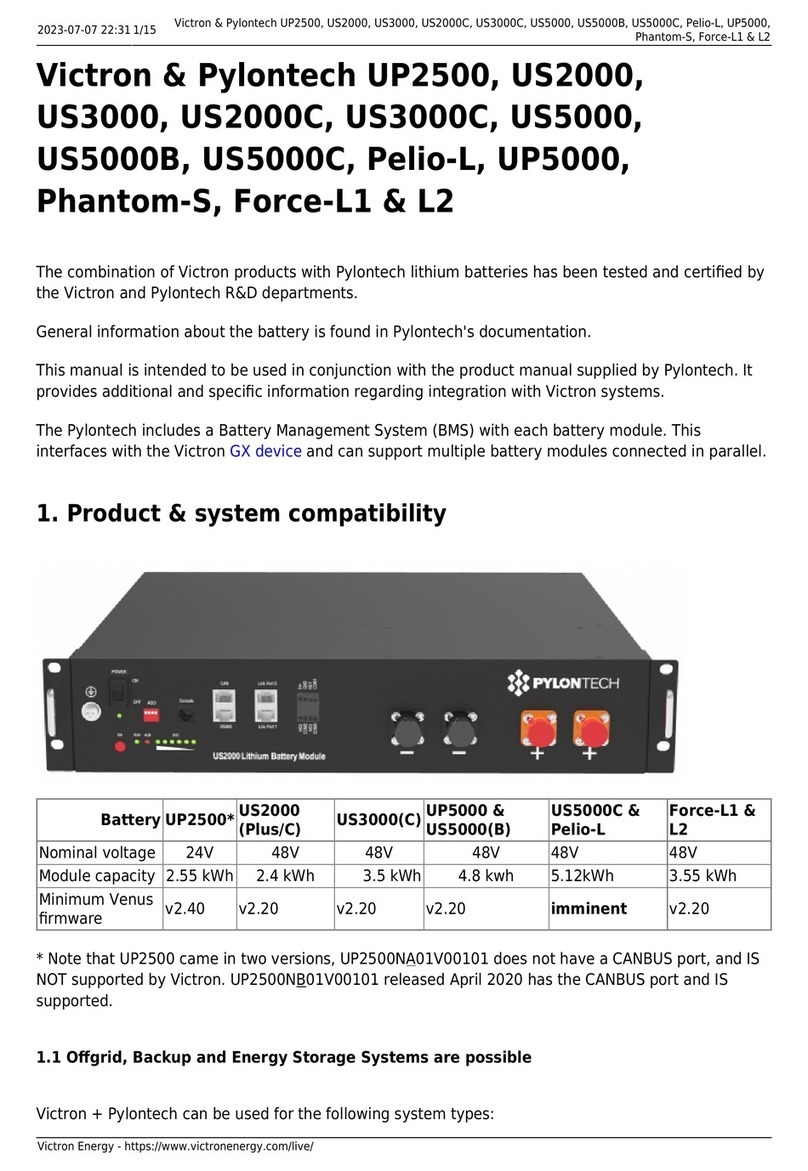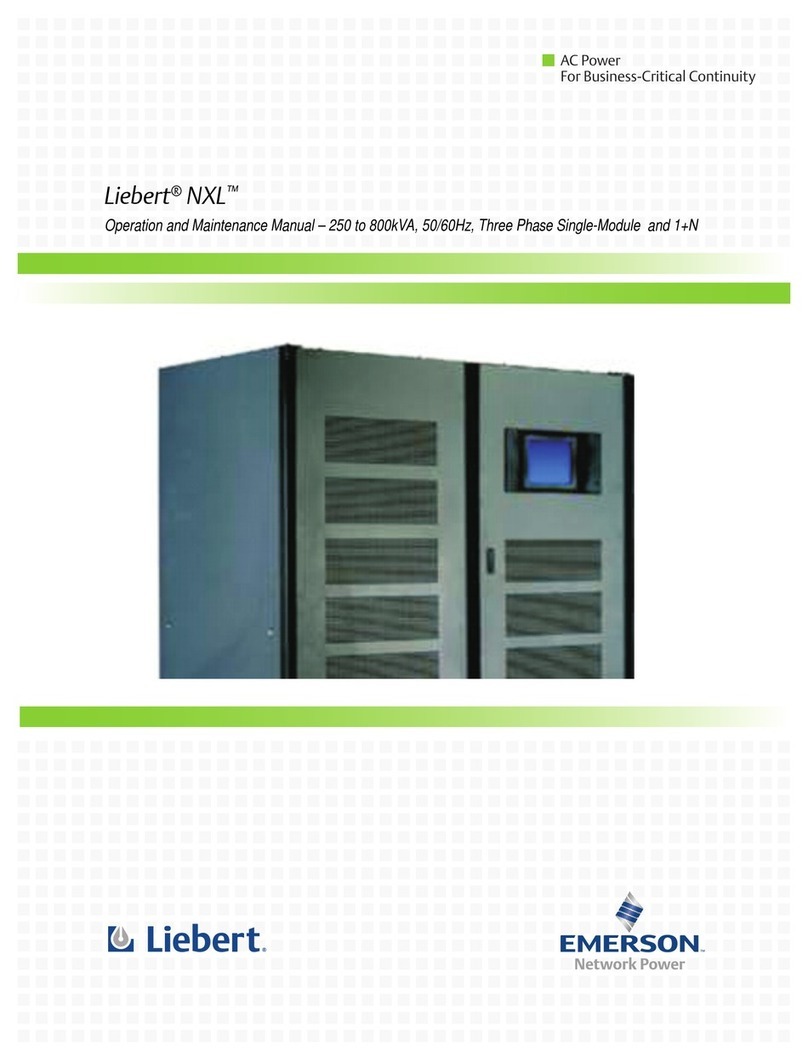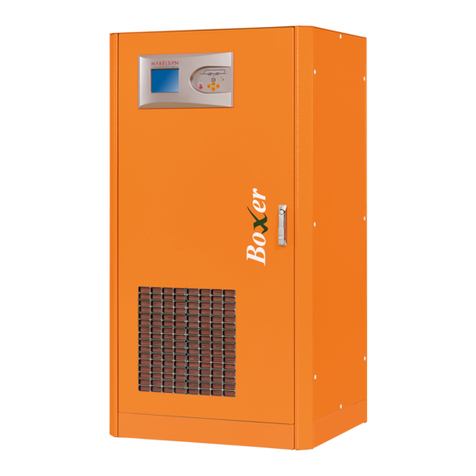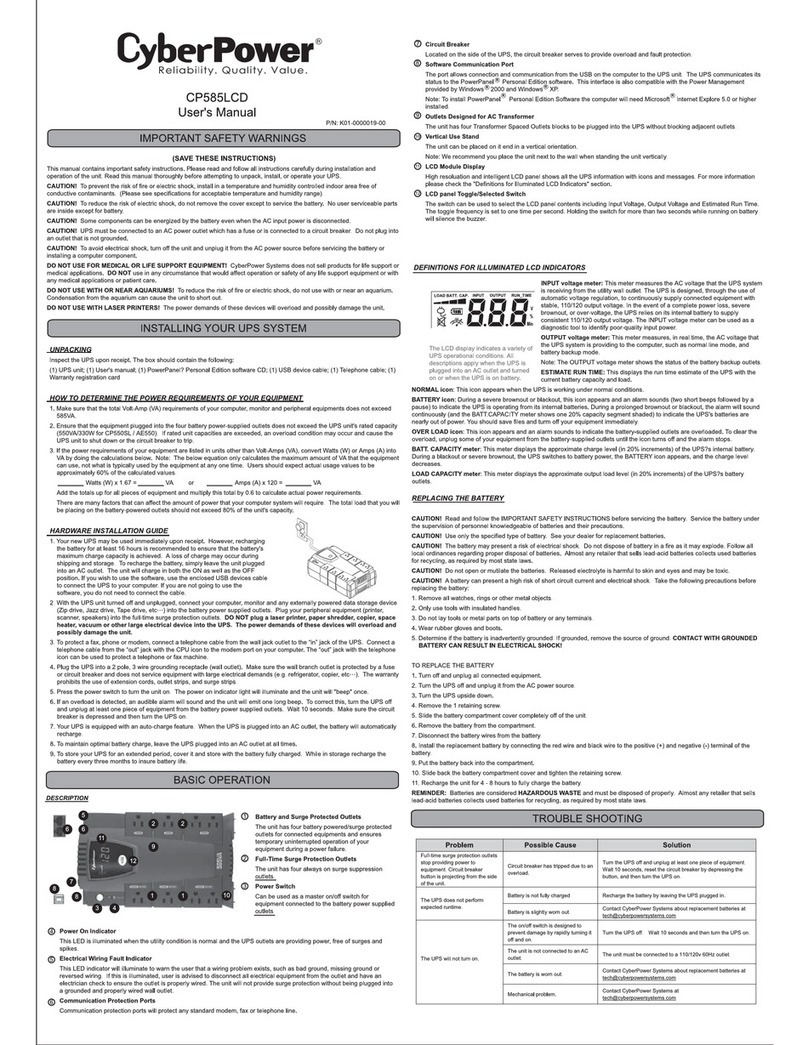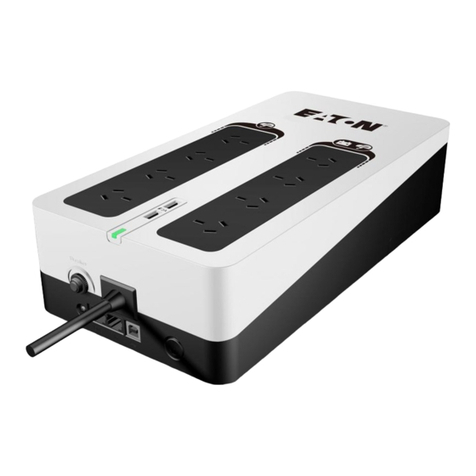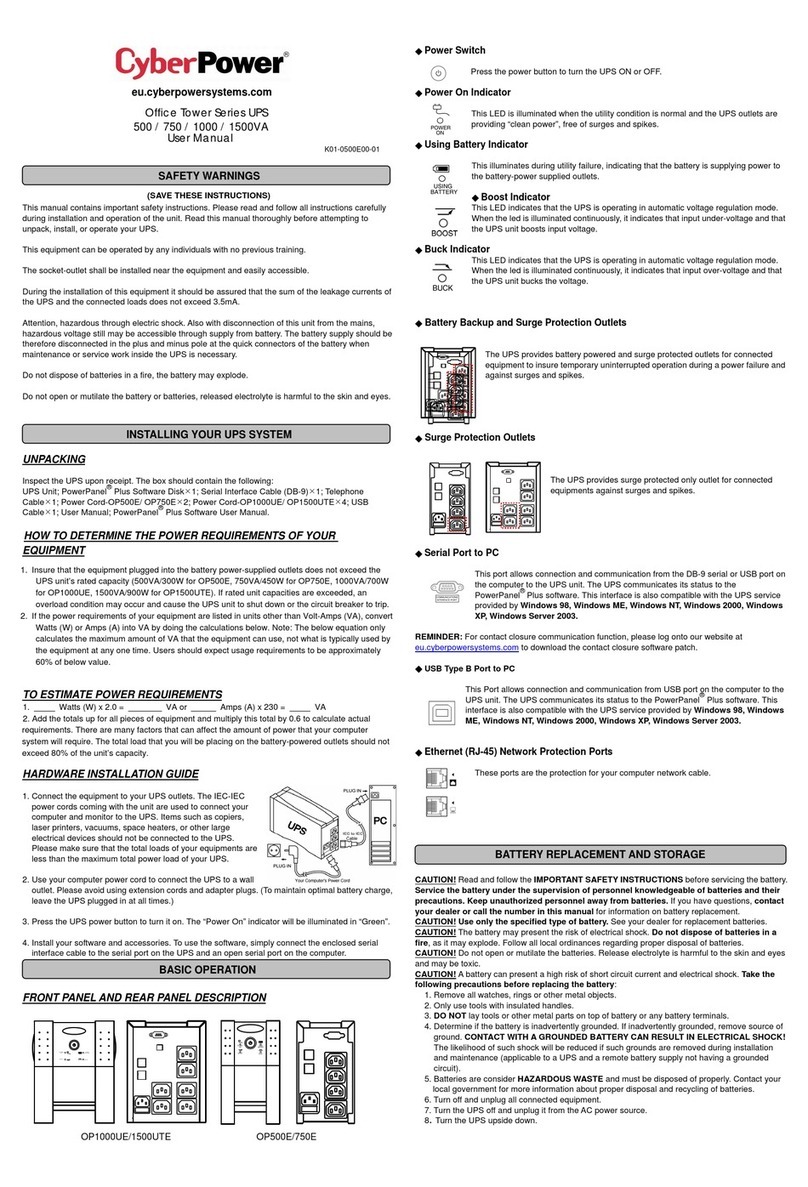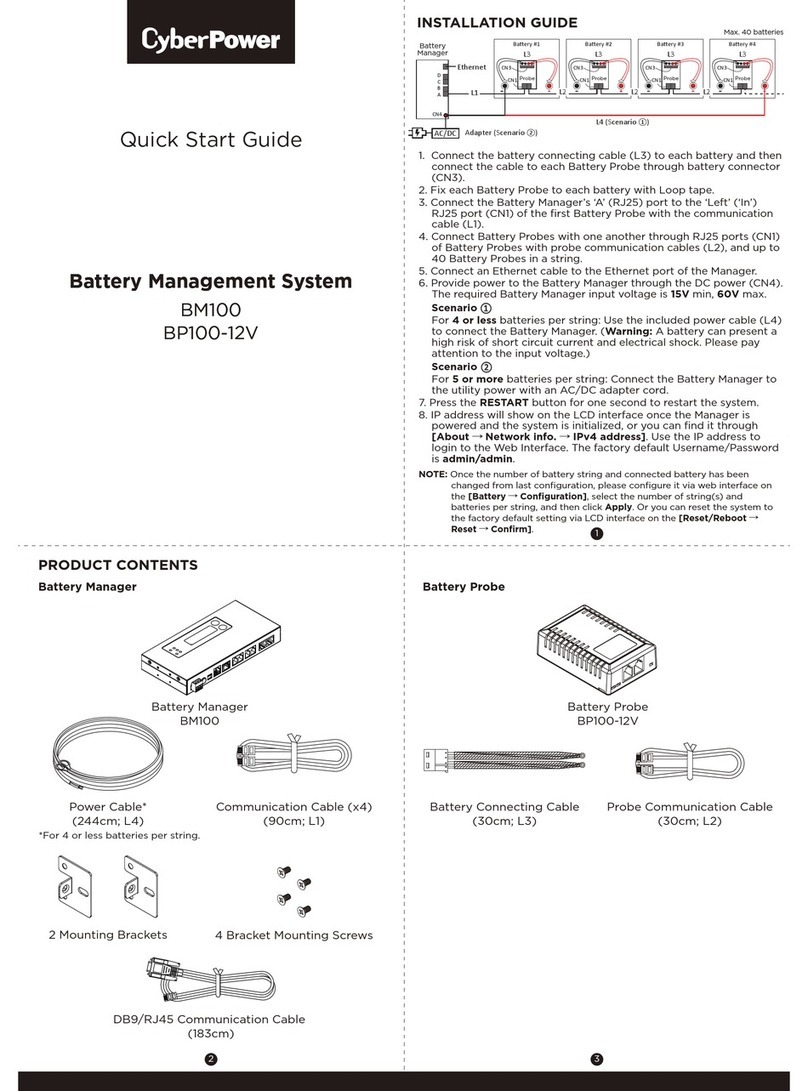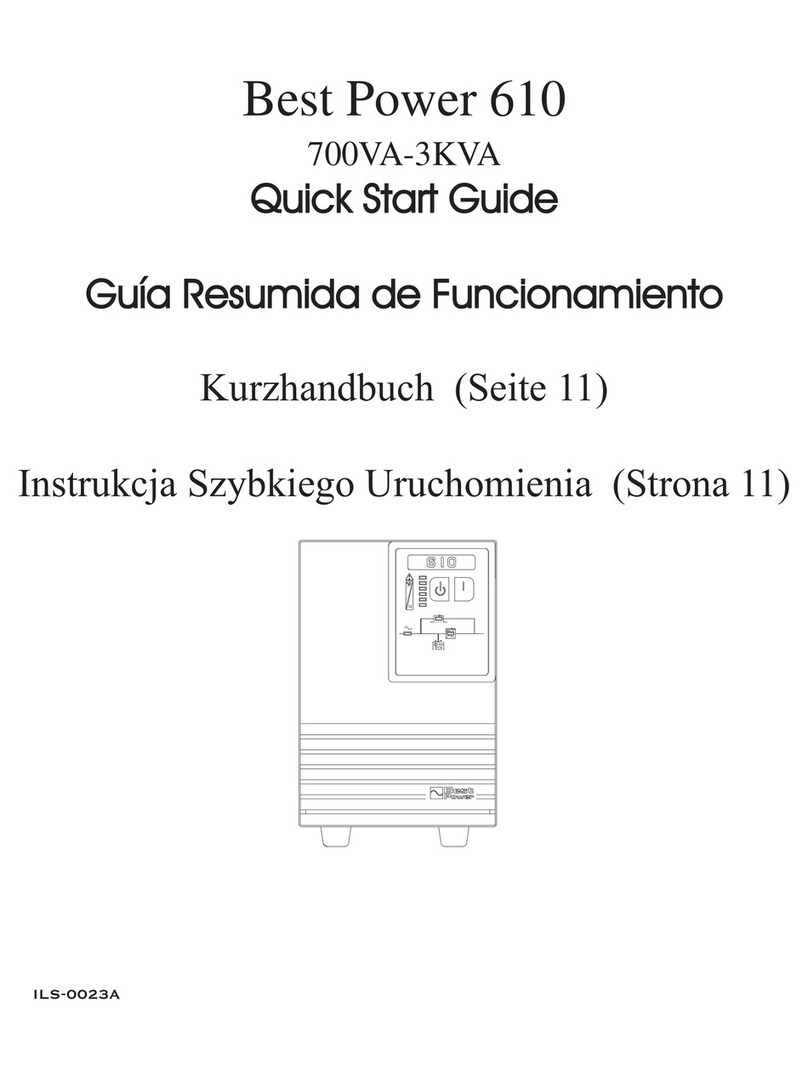CONTENT
1. SAFETY AND EMC INSTRUCTIONS.........................................................1
1.1 INSTALLATION........................................................................................1
1.2 OPERATION...........................................................................................2
1.3 MAINTENANCE,SERVICING AND FAULTS...................................................3
1.4 TRANSPORT ..........................................................................................3
1.5 STORAGE..............................................................................................3
1.6 STANDARDS ..........................................................................................4
2. DESCRIPTION OF COMMONLY USED SYMBOLS..................................5
3. INTRODUCTION .........................................................................................5
4. PANEL DESCRIPTION ...............................................................................7
4.1 BUTTON................................................................................................7
4.2LCD DESCRIPTION.................................................................................8
5. CONNECTION AND OPERATION............................................................10
5.1 INSPECTION: .......................................................................................10
5.2 CONNECTION: .....................................................................................10
5.3 BATTERY RECHARGE:...........................................................................14
5.4 TURN ON THE UPS:.............................................................................14
5.5 TEST FUNCTION:..................................................................................14
5.6 TURN OFF THE UPS:............................................................................15
5.7AUDIBLE ALARM MUTE FUNCTION:.........................................................15
6. OPERATING MODE FOR ALL MODELS.................................................16
6.1 LINE MODE..........................................................................................17
6.2 BATTERY MODE ...................................................................................18
6.3 BYPASS MODE.....................................................................................18
6.4 NO OUTPUT MODE...............................................................................19
6.5 EPO (EMERGENCY POWER OFF).........................................................19
6.6 ECO MODE (ECONOMY MODE).............................................................20
6.7 CVCF MODE.......................................................................................20
6.8ABNORMAL MODE ................................................................................20
7. SETTING BY LCD MODULE ....................................................................21
8. TROUBLE SHOOTING .............................................................................25
9. MAINTENANCE ........................................................................................28
9.1 OPERATION.........................................................................................28
9.2 STORAGE............................................................................................28
10. TECHNICAL DATA..................................................................................28

